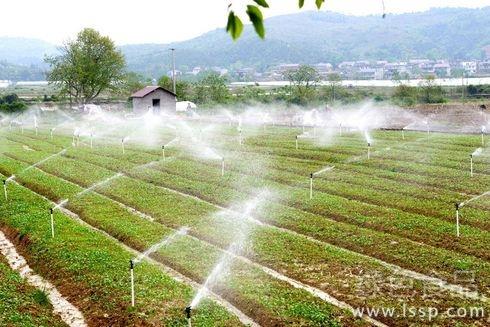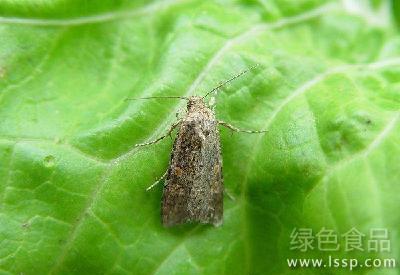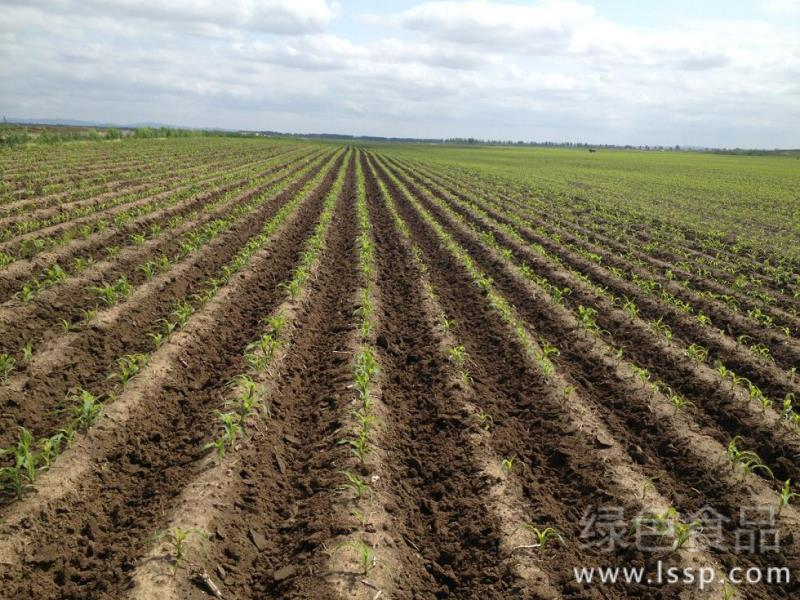Introduction of five agricultural water-saving technical models for improvement

Water-saving agriculture
China is a large agricultural country. Farmland is a large user of water, accounting for about 80% of the country's total water consumption, but less than 30% of it is really used by crops. A large amount of water evaporated during irrigation. Therefore, irrigation methods should be improved and water-saving agriculture should be developed.
Water-saving agriculture is an agriculture to improve the effectiveness of water use and a systematic project for the comprehensive development and utilization of water, soil and crop resources. The standard of water-saving agriculture is the yield and quality of crops, the utilization rate of water and its productivity.
1. The integration of water and fertilizer is a new technical model of irrigation and water fertilization. Under the condition of pressure irrigation, the combination of irrigation and fertilization, according to the scientific formula, dissolve the chemical fertilizer in the irrigation water, according to the crop's demand for water and nutrients and the status of soil water and nutrients, timely and appropriate amount of water and nutrients are transported to the root soil of crops. There are many ways of pressure irrigation, and the most suitable combination with fertilization is micro-irrigation, including drip irrigation, micro-sprinkler irrigation, seepage irrigation and small pipe irrigation. This water-saving model turns thousands of years of irrigated land into irrigated crops, and fertilizes the land into fertilizing crops.
2. Economic hedgerow is a technical model for planting perennial woody or herbaceous plants with certain economic benefits on soil ridges or slopes, so as to control soil erosion and increase economic benefits. This model is suitable for development in various places and all kinds of sloping farmland, and the key is to select hedgerow varieties which are suitable for local climate and soil conditions.
3. Rainwater harvesting and efficient planting is a technical model that adopts the technical route of active drought resistance and rainwater harvesting and water storage, the combination of collecting and storing natural precipitation and runoff with advanced agronomic measures, and supplementary irrigation in the critical period of crop water demand and drought period. it has realized the manual regulation of Rain Water resources in time and space and efficient utilization in agriculture. The main techniques of this water-saving model are as follows: water cellar rain-harvesting and water-saving irrigation, solar greenhouse film rain-harvesting and fertilization, orchard rain-harvesting and water-saving irrigation, covering rain-harvesting, steaming and preserving soil moisture, and so on.
Fourth, drought resistance and seedling protection is a soil mechanized deep pine (turning) technical model of storing water, preserving soil moisture, resisting drought and protecting seedlings with the use of natural precipitation as the core, which is mainly popularized in rain-fed agricultural areas. The model refers to the use of large and medium-sized tractors to pull deep loosening ploughs and other agricultural machinery to deep turn and loosen the soil, increase the thickness of the plough layer, improve the soil water storage and soil moisture conservation capacity, and achieve the purpose of drought resistance and seedling protection.
Fifth, drip irrigation under plastic film is a water-saving mode with the organic combination of drip irrigation technology and film mulching technology. After the irrigation water is filtered through the filtration facilities, the irrigation water is laid under the plastic film through the low-pressure pipeline system and the special irrigator on the last stage pipeline. After sowing, the crops are irrigated under the plastic film from emergence to the whole growth period. It has the advantages of both plastic film cultivation technology and drip irrigation technology. Nutrients and pesticides are added to irrigation water in an appropriate proportion and transported uniformly and accurately to the soil surface or soil layer near crop roots with a small flow rate. At the same time, the heat preservation and moisture conservation of plastic film create a good water, fertilizer, gas and thermal environment for crop growth.
- Prev

Occurrence law and control method of exterminating beet moth pest
Occurrence law and control method of exterminating beet moth pest
- Next

Three ridges cultivation techniques of soybean: double rows on ridges with layered fertilization
Three ridges cultivation techniques of soybean: double rows on ridges with layered fertilization
Related
- Fuxing push coffee new agricultural production and marketing class: lack of small-scale processing plants
- Jujube rice field leisure farm deep ploughing Yilan for five years to create a space for organic food and play
- Nongyu Farm-A trial of organic papaya for brave women with advanced technology
- Four points for attention in the prevention and control of diseases and insect pests of edible fungi
- How to add nutrient solution to Edible Fungi
- Is there any good way to control edible fungus mites?
- Open Inoculation Technology of Edible Fungi
- Is there any clever way to use fertilizer for edible fungus in winter?
- What agents are used to kill the pathogens of edible fungi in the mushroom shed?
- Rapid drying of Edible Fungi

